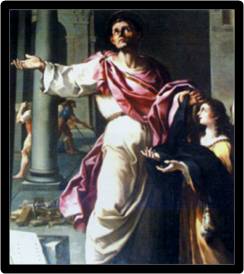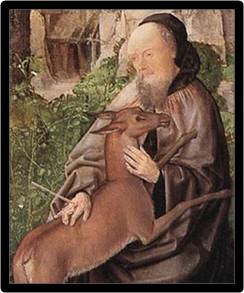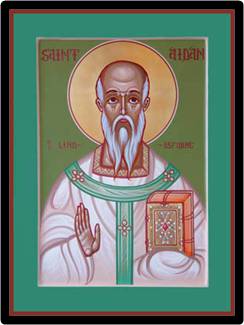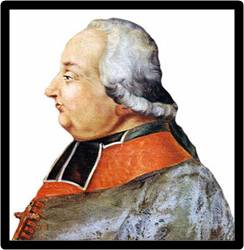AUGUST 30 - ST. PAMMACHIUS

Pammachius was a well-known Christian politician in Rome. When he was a young student, he became friends with St. Jerome and they remained friends all their lives.
His wife Paulina, was the second daughter of St. Paula, another good friend of St. Jerome. Then Paulina died in 397, and St. Jerome and St. Paulinus of Nola wrote Pammachius letters filled with sympathy, support and the promise of prayers.
Pammachius was heart-broken and he spent the rest of his life serving in the hospice (rest house) that he and St. Fabiola built. There, pilgrims coming to Rome were welcomed and made comfortable.
Pammachius and Fabiola willingly accepted the poor, the sick and the handicapped. Pammachius felt that the spirit of his wife who had died was with him as he performed his works of mercy. Paulina had been known for her love for the poor and suffering. Her husband now believed that by caring for them, he was paying her the best possible compliment he could.
St. Pammachius was much gentler with his words and ways than the fiery St. Jerome. He often suggested to Jerome that he soften or reword his letters, but Jerome usually did not listen. For example, a man named Jovinian was going about with false teachings. Jerome wrote a strict article clearly marking Jovinian’s mistakes.
When Pammachius read the article he asked Jerome to reword the strong language. St. Jerome thanked his friend for his concern, but refused to make the corrections.
Once when St. Jerome and a man named Rufinus had a big quarrel, Pammachius tried to help them settle the disagreement but as usual, Jerome refused to listen.
St. Pammachius knew how to be a good friend. He was always helpful and honest. We can ask him to help us be true to our friends as he was.
He had a little Church built in his house, which today is the Passionist Church of Saints John and Paul. St. Pammachius died in 410 when the Goths took over Rome.



